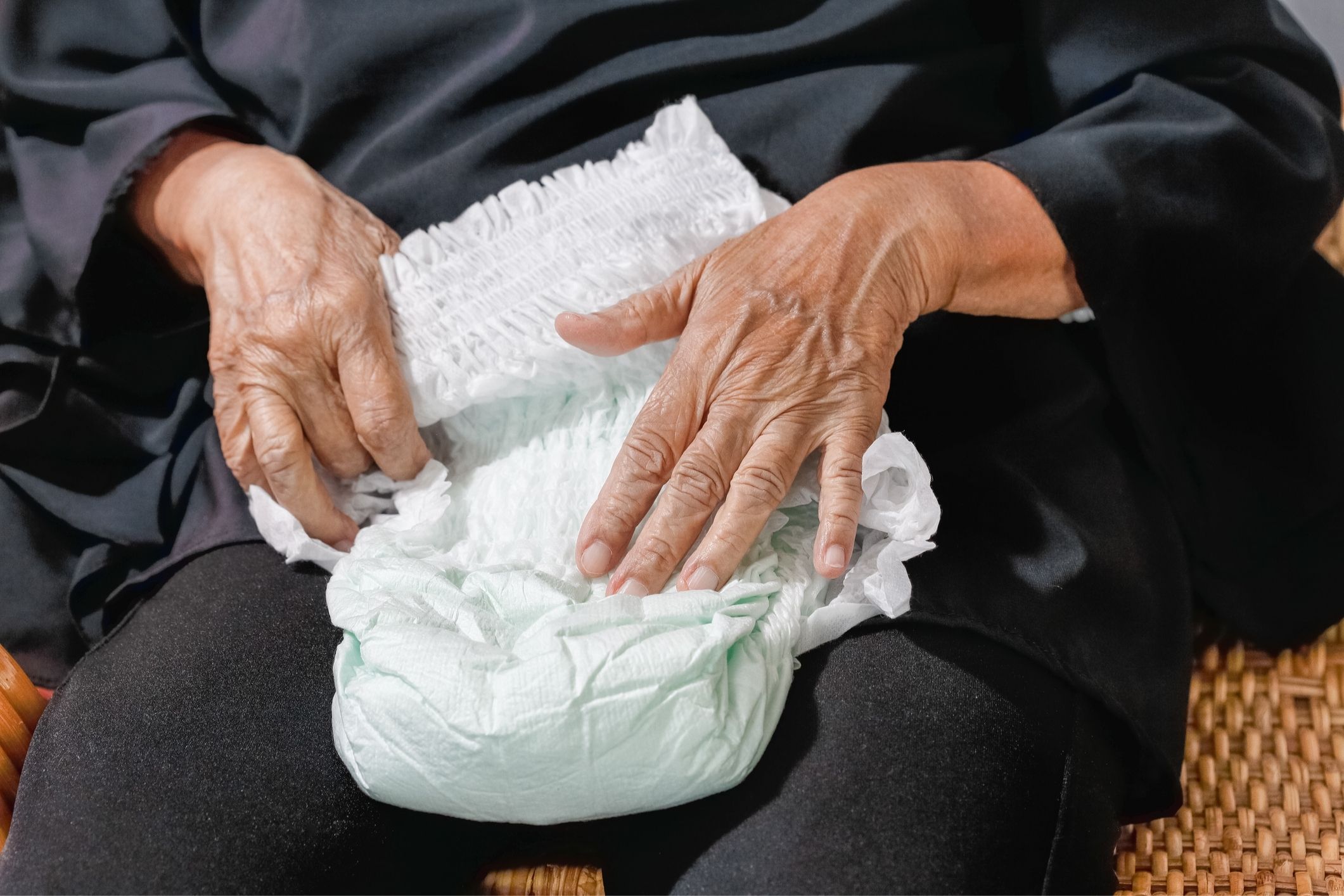
This is a critical public health issue as the number of Australians with incontinence in residential aged care is expected to almost double from 129,000 to over 250,000 by 2031.
The interim report submitted by the Royal Commission notably highlighted that one of the major quality and safety issues raised during the Royal Commission hearings was: “poor continence management – many aged care residences don’t encourage toilet use or strictly ration continence pads, often leaving distressed residents sitting or lying in urine or faeces.”
Currently, 75-81% of people in residential aged care live with incontinence and the consequences of improper and unsafe continence management can be severe. These include increased risk of urinary tract infections, depression, incontinence-associated dermatitis, and falls.
The key issues in residential aged care are:
Incontinence is often dismissed as a problem of old age. Associate Professor Michael Murray AM, Head of Geriatric Medicine at Austin Health and National Board Chair of the Continence Foundation of Australia, believes ageism has contributed to poor continence care in aged care, as incontinence is sometimes considered a normal part of ageing, which it is not. Incontinence at any age can be treated, managed, and even cured.
The report from the Royal Commission noted that “incontinence is an intensely personal and stigmatising condition which requires time and skill to manage appropriately”. Associate Professor Michael Murray AM emphasises the importance of proper continence assessments within aged care, to assist in understanding the nature of a continence-related problem.
“Good continence care should be based on people’s preferences and needs, with their dignity maintained and choice optimised,” he said.
“If you can use a toilet, you should be supported to use it, and not be left to use a continence pad.”
What we can do
As the peak body for promoting bladder and bowel control health, the Continence Foundation of Australia is focussed on reducing the stigma around incontinence, raising awareness, and providing education opportunities for all aged care staff.
The Foundation believes education is key and has been working on a range of freely available resources, mapped to the Aged Care Quality Standards, to support high quality continence care in the aged care sector. These include:
To access these and other resources go to: https://www.continence.org.au/professionals/continencelearning
The Foundation is also currently reviewing a best practice model of continence care (MoCC), to ensure older people receive evidence-based, person-centred, clinically informed continence care that is responsive to their individual needs, safe, protective of their dignity and that optimises their functional abilities. This will help transform the implementation of safe, high-quality care within the aged care sector. More information on this model will be provided by the Foundation soon.
About incontinence
Incontinence affects over 5 million Australians. It can range from a small leak to complete loss of bladder or bowel control. Help is available and, in most cases, incontinence can be better managed, treated or even cured.
The Continence Foundation of Australia is a not-for-profit organisation and the national peak body for incontinence prevention, management, education, awareness, information and advocacy.
Yes and here in New Zealand we are funding the period stuff for young girls at school and they have never even considered the the older persons
incontinence problems and their inability to fund and get to places to purchase these products. Unfortunately as we age we lose our ability to speak up and ask for assistance.
I think this is a very important issue to be addressed. My mother is in residential aged care, she has advanced dementia and is now completely incontinent. She is not changed often enough and as a result suffers from chafing and sometimes a urinary track infection which causes her to have delirium, which in turn results in falls and hospitalisation, I think the problem stems from not enough staff and insufficient training. I think this is an urgent issue.
nothing has changed in elderly requirements, its the lack of staff ratios thats changed to respond to their needs
The fact is , the care isn’t there anymore, to busy or not enough staff, my mother was able to use the bathroom but was very slow with her mobility, let’s just stick a pad on her, easier for everyone, wheres the loving care these days